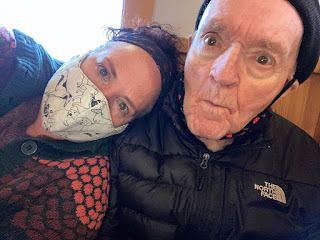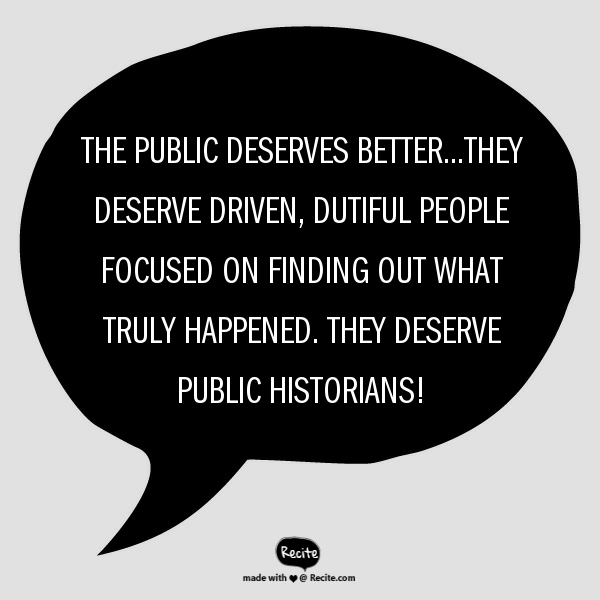It is the 100th anniversary of the Easter Rising. Events throughout the week, indeed throughout the year, are scheduled in Dublin. It is an interesting moment of looking back and looking forward, as commemorations generally tend to be. I, for one, think the Republic has only healed from its turbulent history in the wake of the Northern Ireland peace process. Until then, there were still schisms and wounds. What kind of nation is Ireland and what kind of nation will it be? The centenary of the Rising is a good time to ask these questions, a good time to transcend post-colonial collective traumas and still, to carry the lessons of the past to continue to construct a democratic, progressive, welcoming nation that puts the wellbeing of its citizens before everything else. At about 11:00 am on Easter Monday, 100 years ago today, the Irish Volunteers, along with the Irish Citizen Army, assembled at various prearranged meeting points in Dublin, and b...










